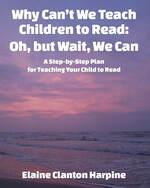
As these three pie charts illustrate (based on data from the 2019 Nation’s Report Card), reading failure is at an all-time high.
As the charts show, reading scores show little change through the grade levels. "Proficient" (in blue) identifies students able to read at or above their grade level. "Not Proficient" (in red) identifies students reading below grade level.
____________________
For a complete report on our nationwide problem of reading failure, read: Reading Wars Are over! Phonics Failed. Whole Language Failed. Balanced Literacy Failed. Who Won? It Certainly Wasn't the Students.
____________________
There is an answer
So, yes, I agree, we have a problem in the U.S. It’s called reading failure. But, this summer, you can help a child learn to read. Tutoring can make a difference. Unfortunately, not just any kind of tutoring will help.
As I have said previously, we need to adjust our tutoring curriculum to the needs of the students. We also must select tutoring curriculum that helps struggling students. Not all teaching approaches work for every student.
We also know that the longer reading failure continues, the worse it becomes. Some researchers say that if children do not learn how to read by the end of first grade that 75% of those children will never learn to read. I see what the researchers are saying, but I don’t agree because I have taught many children to read who failed for two, four, even nine years. Many of the children who come to my reading clinic have been struggling for more than 2 years and some have been failing in reading for more than 2 or 3 years. This summer if we use tutoring as an opportunity to change these children’s lives by teaching them to read, we will change their lives forever.
I use vowel clustering. I’ve been using vowel clustering for 23 years, and yes, I really have had students move up four grade levels in reading in one year.
Do you know a child, teen, or adult struggling to read? If so, contact me. I will be happy to help.
We really can teach children and teens to read. To do so, we just need to change how we teach and tutor struggling students. If you are working with a student this summer, try vowel clustering. It works
So, what do we do?
Do we just give up and say those students will probably never read? No, we should never give up. For Helpful Hint #4, I suggest that we never give up or never say that a child can’t learn to read. Because research shows that yes, struggling, even failing students can be taught to read. As I explain on page 13 of my new book, Why Can’t We Teach Children to Read?
If we use the correct teaching and tutoring methods, we actually can teach children, teens, and adults to read. Here is a chapter preview:
*************************
Preview from page 13:
A mother arrived at my reading clinic in distress, saying, “Why can’t my child learn to read? The school says nothing can be done. There’s no hope. They say that I must accept that my child will never learn to read. I don’t understand.” Neither did I, so I taught the child to read.
Vowel clustering can be used to teach anyone to read—adults, teenagers, and children. As with most learning tasks, the earlier we start teaching, the better, but anyone of any age can learn to read. It is never too late.
So, if you ask, “Why can’t my child learn to read?” The answer is that your child can learn to read if you use the correct teaching method. If we use the correct teaching method, even children who have previously failed can be taught to read.
Eighteen years of research show that vowel clustering works to teach at-risk, struggling, and failing students to read. At my reading clinics, yes, we’ve had students move up four grade levels in reading in one year. Using one-on-one tutoring and the exact method being taught in this book, one student moved up three grade levels in only six months. How? Vowel clustering.
********************************
Helpful Hint on Tutoring to Help Students Overcome Learning Losses: #1
Helpful Hint for Summer Tutoring #2. Select Your Tutoring Curriculum Carefully.
Helpful Summer Tutoring Hint #3: How Do You Adjust Your Tutoring Curriculum to Fit the Needs of Your Student?
.
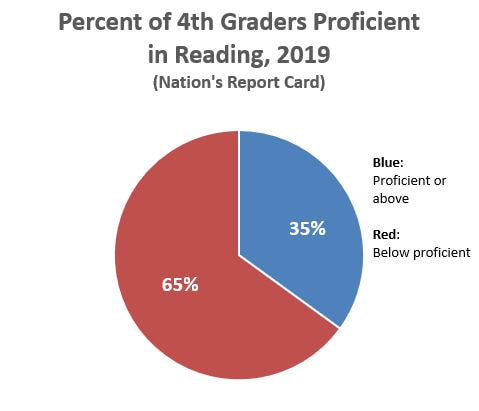
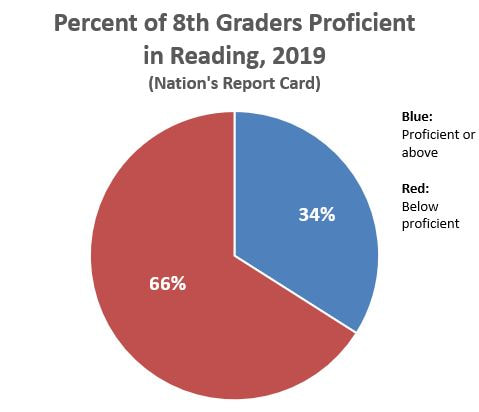
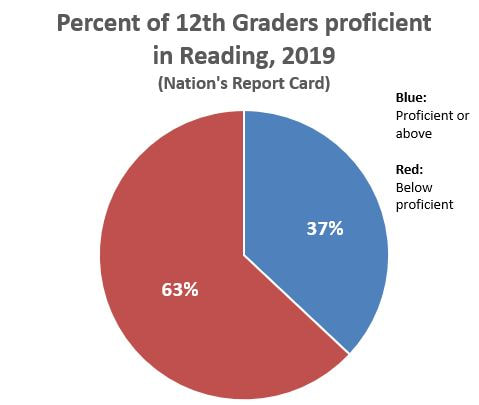
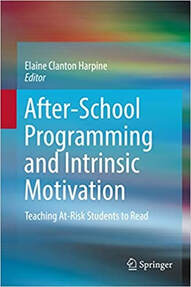
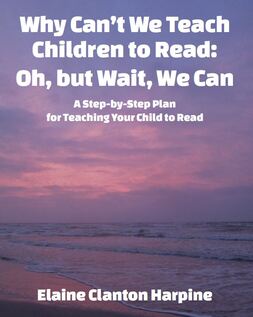

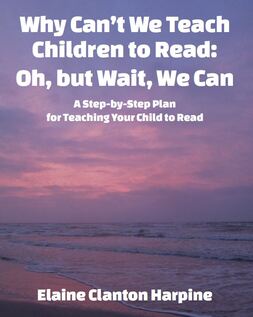
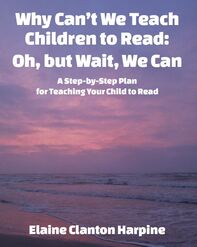




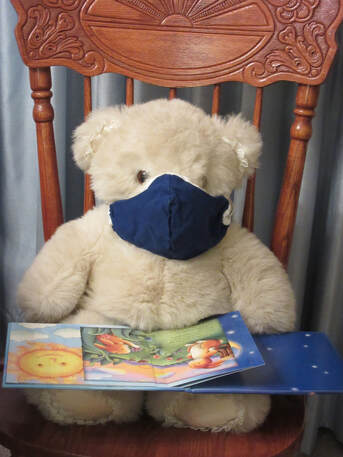

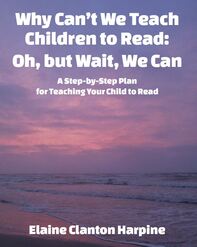
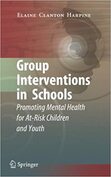
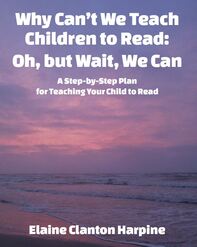
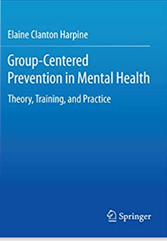
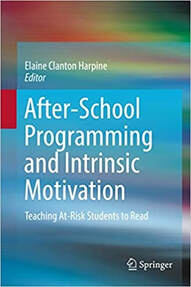
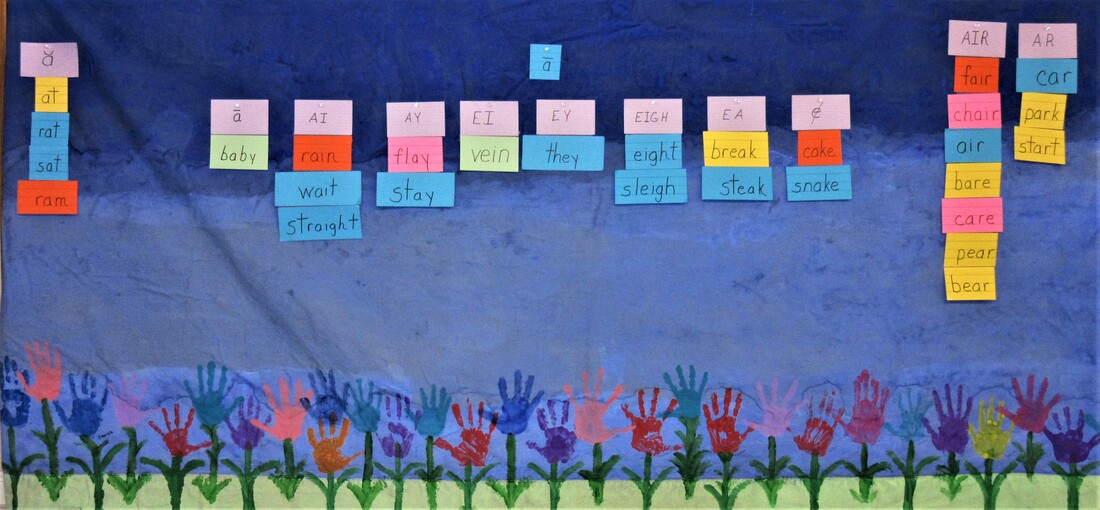


 RSS Feed
RSS Feed
